Orlando and Goldfarb hope that, by attaching importance to the provenance of ingredients, they will encourage diners to reconsider their relationship with the land and the food it provides.
“I don’t think there’s any city in the world that has a more nuanced appreciation of how food is prepared than Singapore,” says Goldfarb. “Everyone you meet on the street has a person who makes their chicken, noodles or even pig intestine just the way they want.
“We see an opportunity to share the same appreciation for process with the people who make and grow food.”
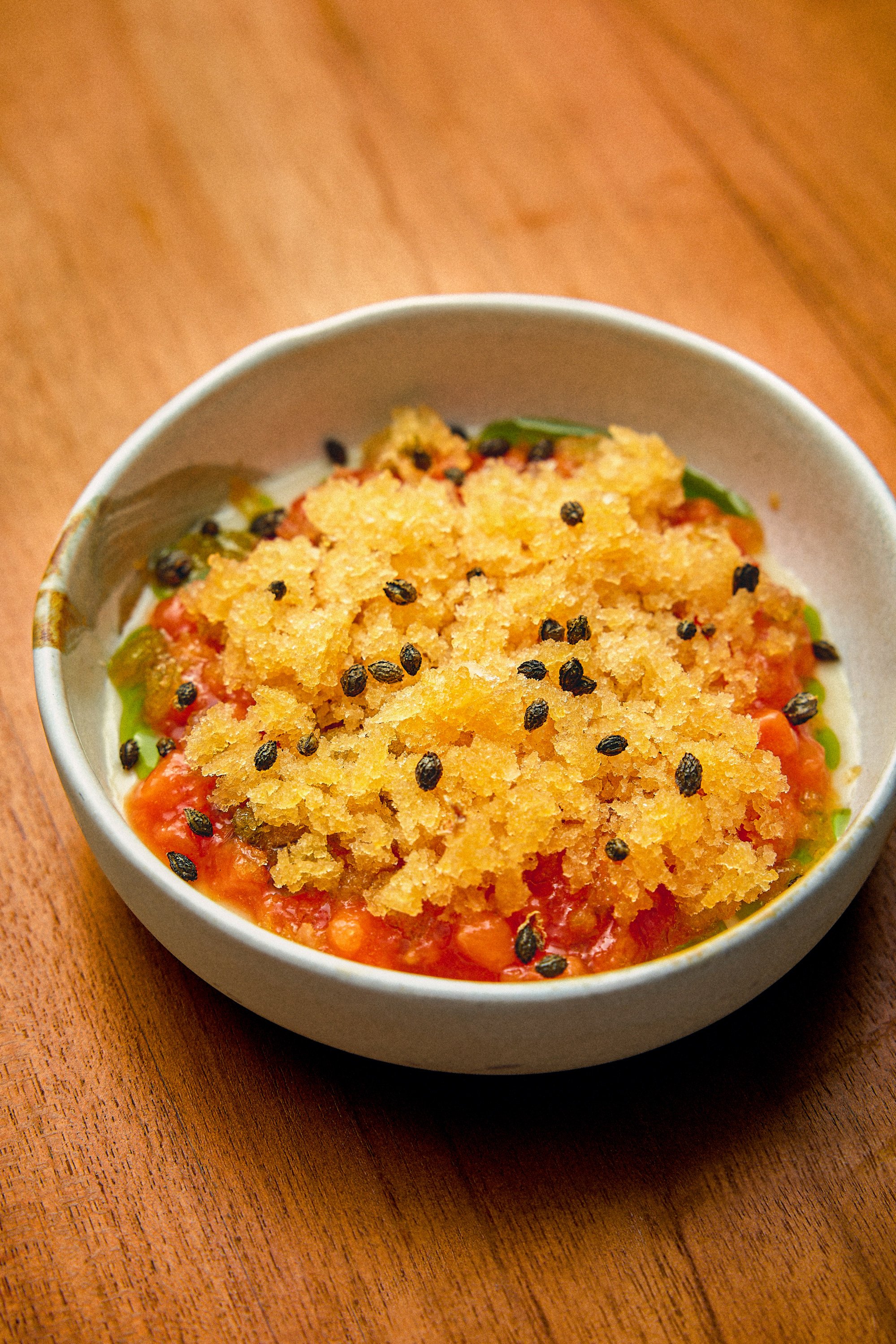
Air’s own garden farm plays an important role; Goldfarb and Orlando work closely with City Sprouts, a community farming social enterprise, to cultivate local and aromatic plants for the restaurant.
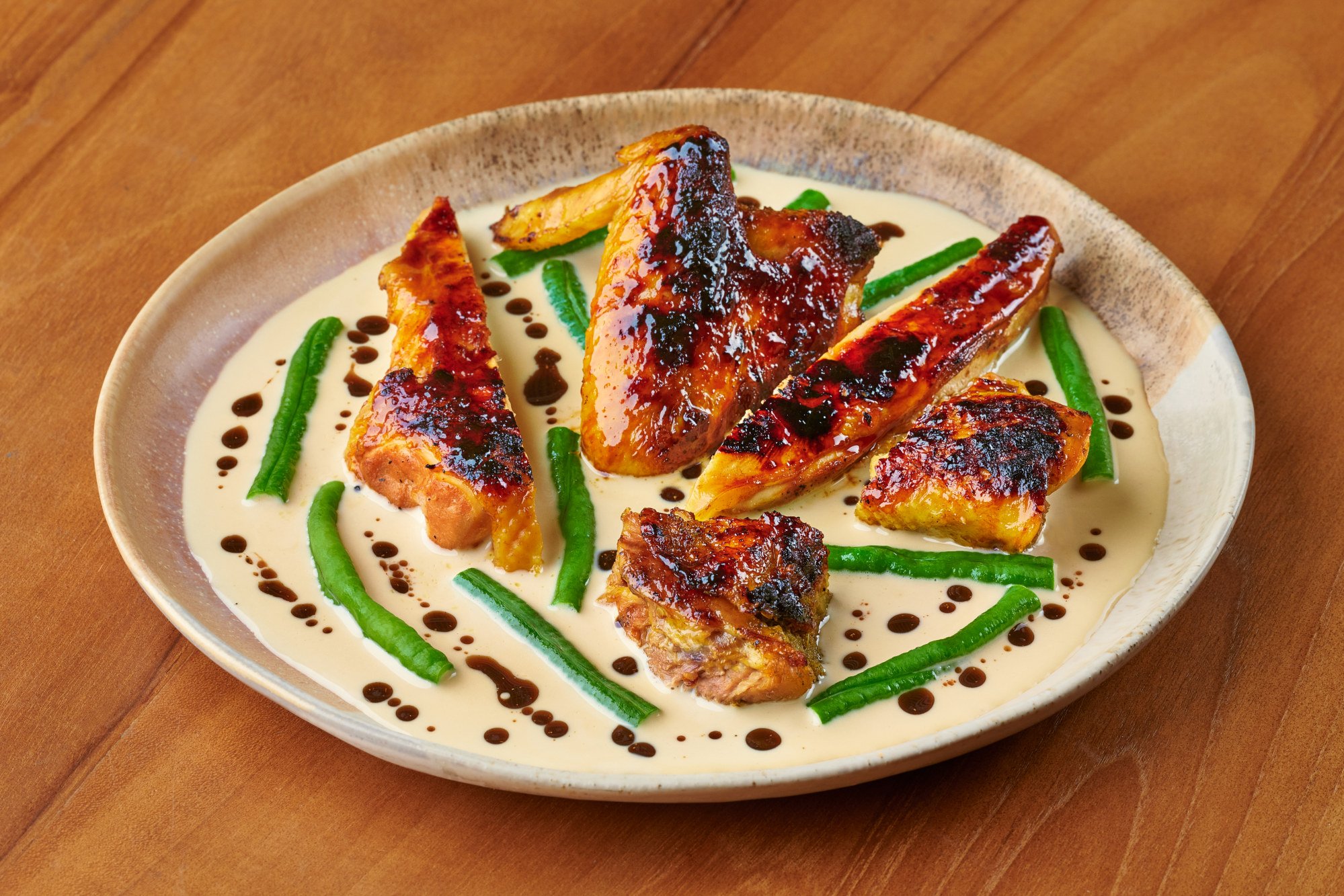
While the intention is not self-sufficiency, growing fresh produce on site allows the team to immediately turn it into dishes or process raw materials for their “food library”.
“We use everything that we grow, and the way we cook at Air (like drying, fermenting and processing) means that the yield from one plant is so much more,” says Goldfarb.
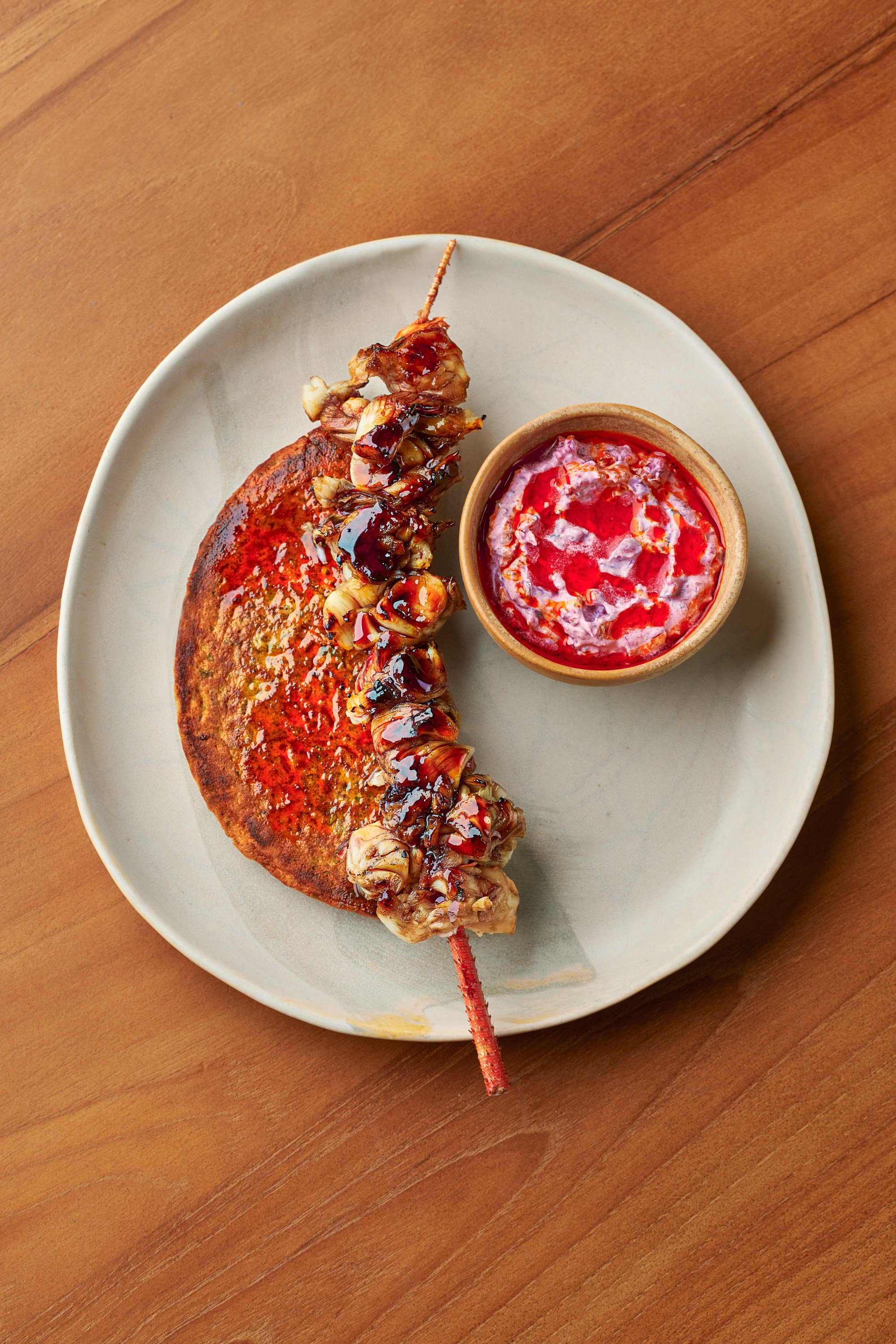
The menu at Air is not fixed. It is as if Orlando writes recipes from the very start every day, depending on what fresh produce is available.
“If you want to cook responsibly, you need to be flexible and adaptable, because nature doesn’t just give you anything you want,” he says. This is where Orlando’s wizardry begins – the dishes are never formulaic, yet he always finds a way to punch up the flavours.
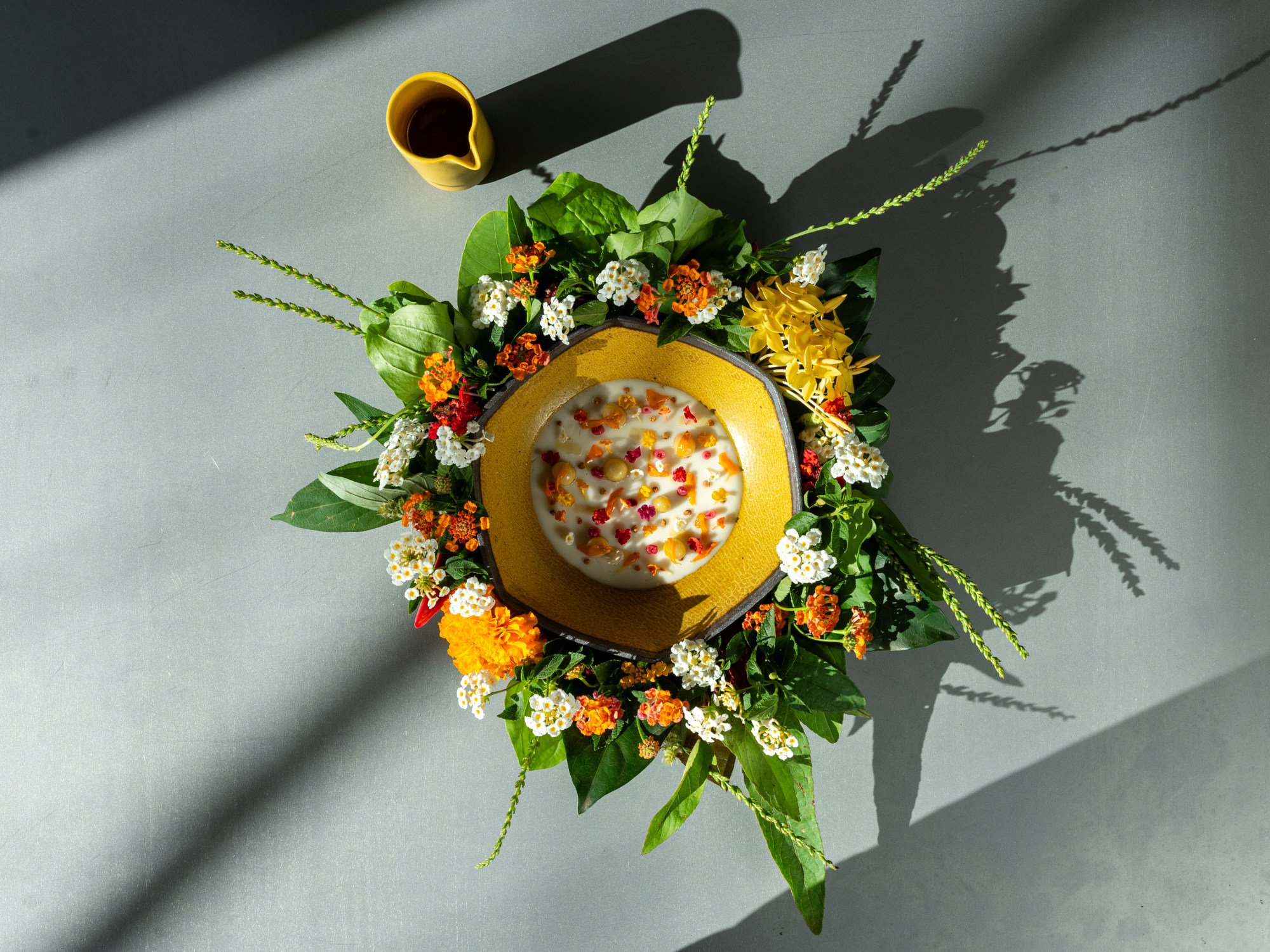
Bali-based chefs Eelke Plasmeijer and Ray Adriansyah champion local ingredients in ways never seen before at Locavore NXT. Not only does the restaurant restrict itself to using ingredients produced in the country, its menus are gluten-free and involve no dairy produce.
“All the ingredients we use share a heritage to Indonesia – they are either native or have been around for centuries,” says Plasmeijer.
In the early days of Locavore, a fixture on the annual Asia’s 50 Best Restaurants list, their team would be surprised to learn that ferns and roots found in their own villages had made it onto the menu.
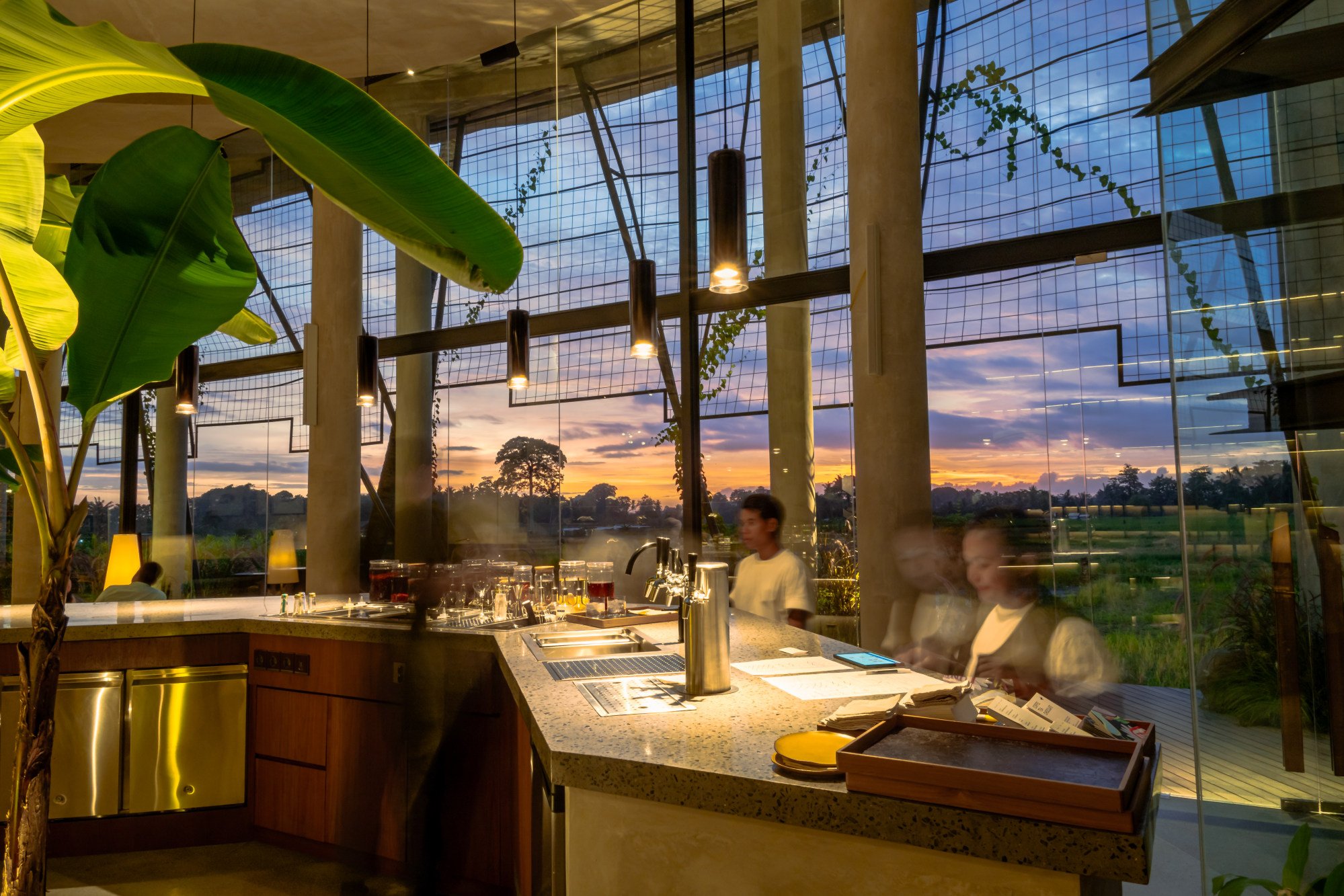
Plasmeijer has not wavered in his belief that “Indonesian ingredients are worth putting into the spotlight, even though many of them need lots of care and technique to let them shine”. Kluwak (a fruit also known as Pangium edule), for example, needs to be boiled, soaked and then buried in ash to remove its toxins.
At the heart of Locavore NXT is its rooftop food forest. A space of more than 7,000 square metres (75,000 sq ft) it has a mushroom fruiting chamber, fermentation lab, beehives and worm farm for composting.
Where we grow, they will grow. This is the best way I can support our community
Diners at Locavore NXT make their way through a warren of rooms – entering a dim basement for a snack in front of the sprouting fungi, for example – and perch at a counter with the chefs in action behind it.
For a fuller experience, guests can choose to stay the night in a cabin at NXT; included is a behind-the-scenes tour of its compound and an off-the-menu breakfast in the staff canteen.
It would be easy to think that Plasmeijer and his team are chasing awards, but he says they are driven by a purpose: “We want to be the best restaurant that we can be – for our community, Bali and ultimately, the earth.”
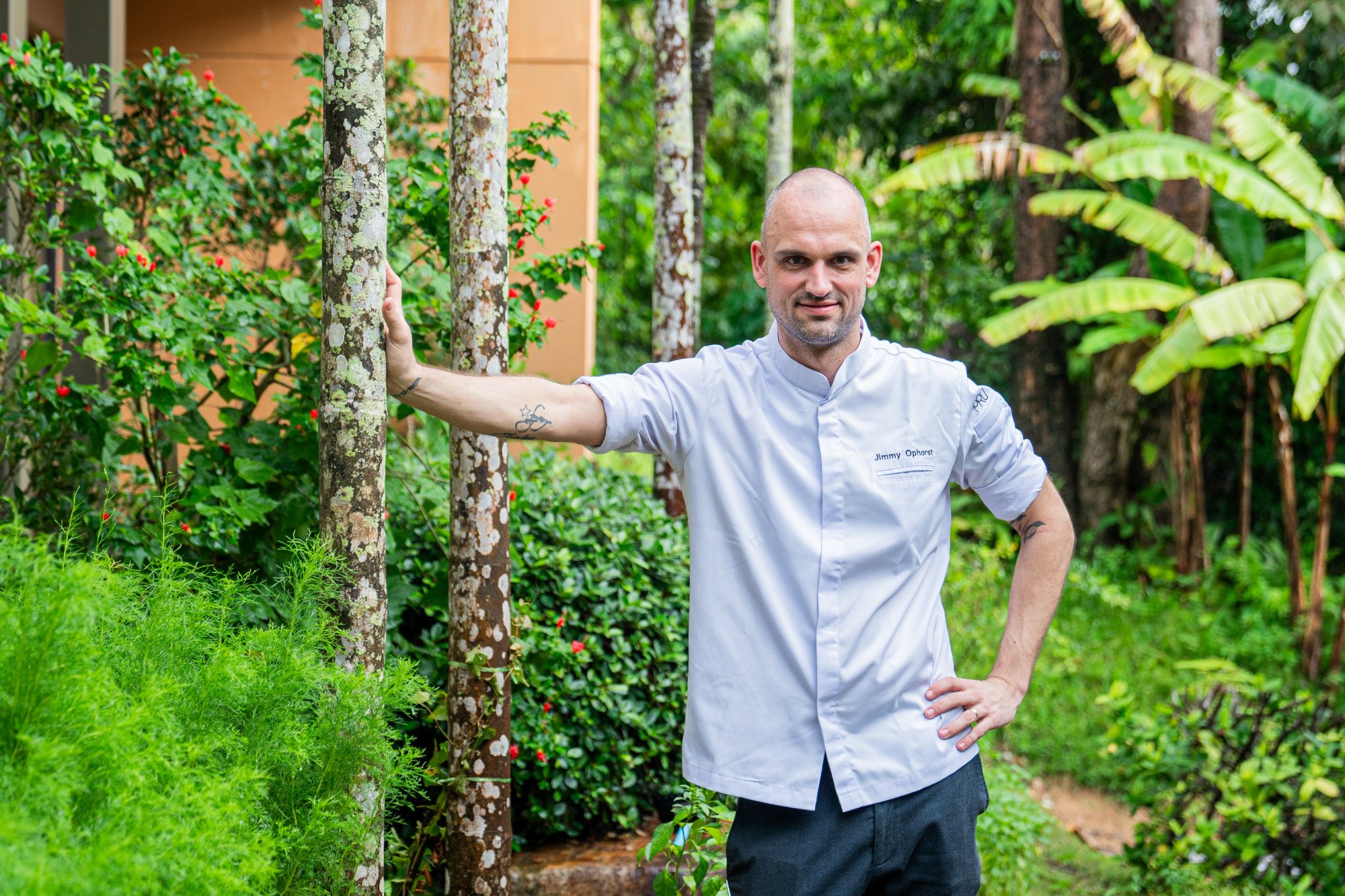
“I feel a responsibility to Phuket because it is my home and has given me the opportunity to be where I am today,” says Ophorst, who has lived on the island for nearly 12 years. “It has always given me the possibility to shine, so I’ve got to give back with every chance I get.”
His commitment to Phuket is encapsulated by Pru’s “community-to-fork” philosophy, which does not stop at working with local farmers and producers; everything at the restaurant is an expression of Thailand’s best, from working with a Thai blacksmith to forge steak knives to serving food on ceramics custom-made by Chiang Mai’s InClay Studio.
“Where we grow, they will grow. This is the best way I can support our community,” says Ophorst.
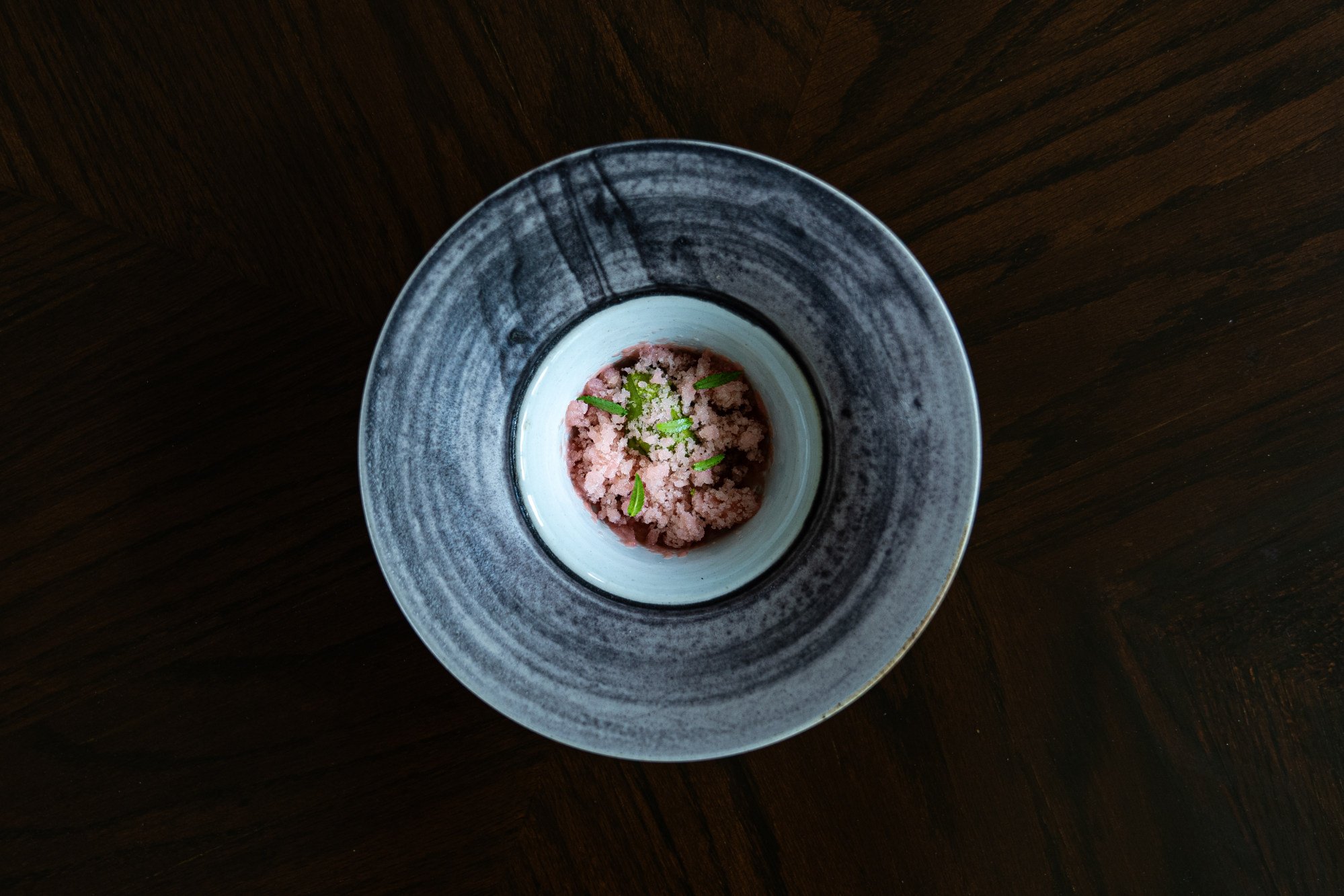
Pru brings the community closer to its guests with a kitchen that is an extension of the dining floor, inspired by the kappo experience in Japan where a chef’s-choice meal is prepared in front of the customer. This allows guests to see the ingredients that go into each dish, such as aromatic peppercorns from Trang.
Some of these ingredients are harvested 20 minutes away at the restaurant’s 16,000-square-metre Pru Jampa farm. Now more than a decade old, the site spans a fruit orchard, poultry coop, and an experimental plot where Ophorst tinkers with new produce, such as Peruvian corn.
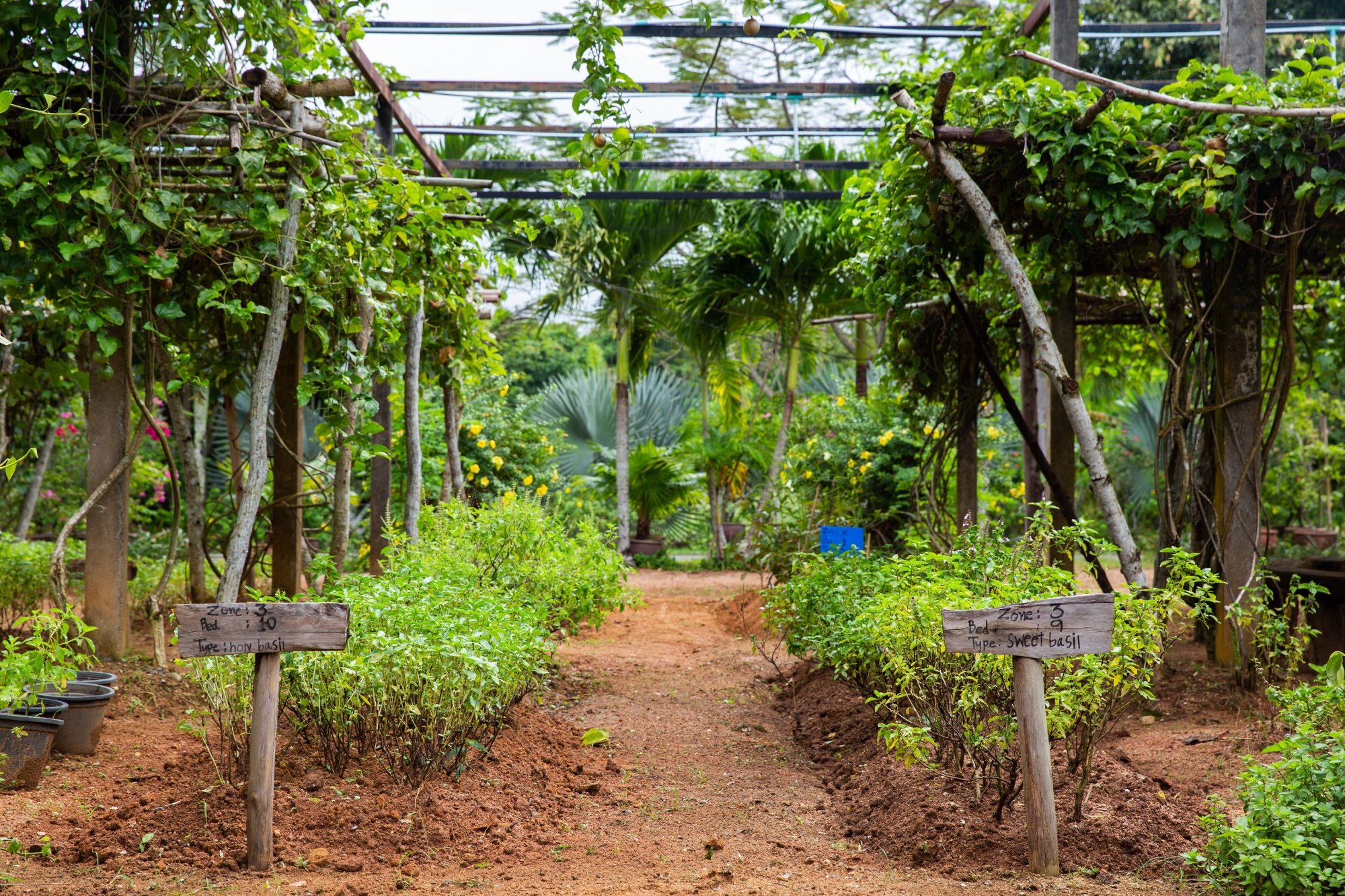
Chefs such as Ophorst, Plasmeijer, Orlando and Goldfarb are showing that “slow food” is viable. They have helped Southeast Asia’s micro farmers by using their produce, and shown that practising sustainability can become second nature.
At the heart of what they do is a shared belief in the restorative power of restaurants. In the short time I spend time with Orlando he says several times that “hospitality is about relationships” – that everything is connected, from the farmer to the guest.







